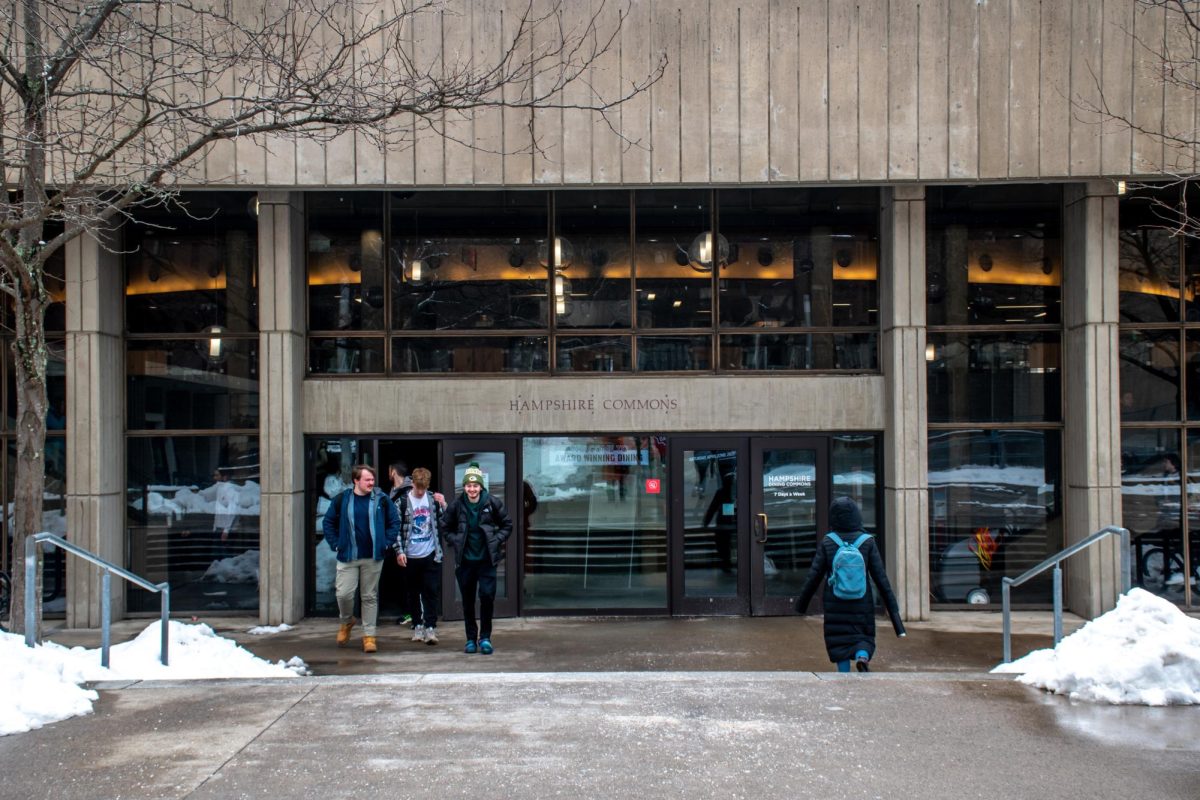
Recent research done by students and faculty at the University of Massachusetts exists far beyond walls of this campus.
The University’s Large Pelagics Research Center, located in Gloucester, conducts biological and ecological research in the hopes of developing a scientific understanding that supports effective ecosystem-based management strategies, according to the LPRC website.
The LPRC focuses on pelagic animals, including tuna, sharks, billfish and sea turtles. As part of her doctoral research, student Kara Dodge completed a satellite tagging study on New England leatherbacks.
Molly Lutcavage, a research professor specializing in environmental conservatism at the University, supervised Dodge’s research.
With the help of Ben Galuardi of the LPRC and Tim Miller of the National Oceanic and Atmospheric Administration, the four researchers completed the study in order to uncover how the leatherback turtles behave in specific regions within the North Atlantic. The study also paid attention to the diving habits of the turtles and other specific information.
In completing the study, Dodge, Lutcavage, Galuardi and Miller collaborated with commercial fishermen, spotter pilots and the Massachusetts Sea Turtle Disentanglement Network in order to tag 20 leatherback turtles located off the coast of Cape Cod.
“We started the satellite tagging work in 1994,” Lutcavage said in a news release “but had little understanding of their daily lives until recently, because we first wanted to develop ways to directly attach the tag without encumbering the turtle.
“Once that was accomplished, we could collect accurate track locations via GPS along with dive data, and determine the leatherbacks’ residence time, high-use habitat and behavior on the Northeast U.S. shelf and beyond.”
In order to better understand leatherback habitat preferences, the researchers also reviewed environmental features, such as bathymetry and depth information as well as temperature and ocean productivity data.
In addition to the four main researchers on the team, the study also benefitted from the help of Capt. Mark Leach, a Cape Cod fisherman, and George Purmont, a spotter pilot.
“Most scientists don’t work with fishermen, but we feel it’s important to tell this side of a fisherman’s role in science, particularly when it comes to protected species,” Lutcavage said in the release. “This is a really important and unique aspect of our LPRC research projects, and we salute them as partners in this work.”
The results of the study identified ecoregion, topography and sea surface temperature as the best explanations for leatherbacks’ patterns when searching for prey.
The research completed in this study and others are particularly important to the leatherback species because “coastal ecosystems are under intense pressure worldwide, with some of the highest predicted cumulative impact in the North American eastern seaboard and the eastern Caribbean,” as the authors explained. They continued, “Parts of those regions constitute high-use habitat for leatherbacks in our study, putting turtles at heightened risk from both land and ocean-based human activity.”
The findings of the study were published in the current issue of PLOS ONE. The authors said that, ideally, the findings will be useful to agencies like the Massachusetts Division of Marine Fisheries, which is responsible for protecting leatherbacks under international treaties and national laws.
Katrina Borofski can be reached at [email protected].


















